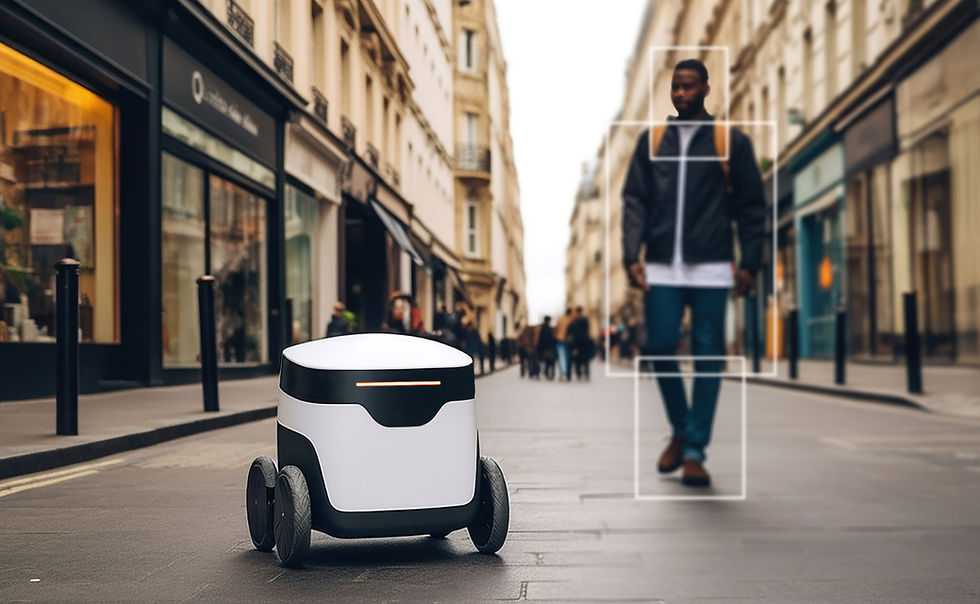
AI has revolutionized how companies operate and compete. One of the most significant applications of AI is in predictive analytics, a process that uses historical data, statistical algorithms, and machine learning techniques to forecast future events.
This article will explore the power of AI-driven predictive analytics in enhancing business decision-making, providing insights into its benefits, real-world applications, implementation strategies, and future trends.
Understanding Predictive Analytics
Analyzing current and historical data to make predictions about future events is termed predictive analysis. Key components include data collection, data analysis, and predictive modeling. AI plays a crucial role by automating these processes, improving accuracy, and uncovering patterns that are not immediately apparent to human analysts.
Data Collection: Gathering relevant data from various sources.
Data Analysis: Cleaning, organizing, and analyzing the data to identify patterns.
Predictive Modeling: Building and training models to predict future outcomes.
Benefits of AI-Driven Predictive Analytics
Improved Accuracy: AI models can process vast amounts of data and identify complex patterns, leading to more accurate forecasts. For example, Netflix uses AI to predict user preferences, resulting in better recommendations and higher customer satisfaction.
Operational Efficiency: Predictive analytics can optimize various business processes, such as supply chain management. For instance, Walmart uses predictive analytics to manage inventory, reducing overstock and stockouts, and improving overall efficiency.
Customer Insights: By analyzing customer data, businesses can gain deep insights into customer behavior and preferences, enabling personalized marketing strategies. Amazon leverages predictive analytics to recommend products, increasing sales and customer loyalty.
Competitive Advantage: Companies that effectively utilize predictive analytics can make informed decisions faster than their competitors, gaining a strategic edge in the market. Coca-Cola uses AI-driven predictive analytics to forecast demand and optimize production schedules.
Real-World Applications
Retail:
Inventory Management: Retailers like Target use predictive analytics to forecast demand and manage inventory levels, reducing costs and improving customer satisfaction.
Personalized Marketing: Retailers like Sephora use predictive analytics to create personalized marketing campaigns, increasing customer engagement and sales.
Financial Services:
Credit Scoring: Financial institutions like FICO use AI to predict credit risk, improving the accuracy of credit scoring and reducing defaults.
Fraud Detection: Companies like PayPal use predictive analytics to detect fraudulent transactions in real-time, protecting customers and reducing losses.
Healthcare:
Patient Outcomes: Hospitals like Cleveland Clinic use predictive analytics to predict patient outcomes, allowing for better resource allocation and improved patient care.
Resource Allocation: Predictive analytics helps healthcare providers optimize staffing and manage resources more effectively.
Implementation Strategies
Identify Business Objectives: Define clear goals and key performance indicators (KPIs) to measure success.
Data Collection and Preparation: Gather relevant data from various sources and ensure it is clean and well-organized.
Choose the Right Tools: Select appropriate AI tools and technologies based on business needs and data complexity.
Build and Train Models: Develop predictive models using machine learning algorithms and train them with historical data.
Continuous Monitoring and Refinement: Regularly monitor model performance and make necessary adjustments to ensure accuracy and relevance.
Challenges and Considerations
Data Quality: Poor-quality data can lead to inaccurate predictions. It is essential to ensure data integrity and cleanliness.
Model Accuracy: Models must be continuously validated and refined to maintain accuracy. Overfitting and underfitting are common issues that need to be addressed.
Ethical and Privacy Concerns: Ethical considerations, such as bias in AI models and data privacy, must be addressed to build trust and comply with regulations like GDPR and CCPA.
Best Practices
Ensure data quality and integrity.
Regularly validate and update predictive models.
Address ethical and privacy concerns proactively.
Future Trends
Explainable AI: As AI models become more complex, the need for transparency and explainability increases. Explainable AI helps stakeholders understand how predictions are made, fostering trust and accountability.
Integration with Advanced Technologies: Predictive analytics will increasingly integrate with other technologies like IoT and blockchain, enhancing data collection and security.
Real-Time Analytics: The demand for real-time insights will drive the development of predictive analytics solutions that provide instant, actionable information, enabling businesses to respond quickly to changing conditions.
By leveraging AI to analyze data and predict future trends, companies can improve accuracy, efficiency, and customer satisfaction, gaining a competitive advantage in their respective industries. As the technology continues to evolve, the potential for predictive analytics will only grow, offering new opportunities for innovation and growth.